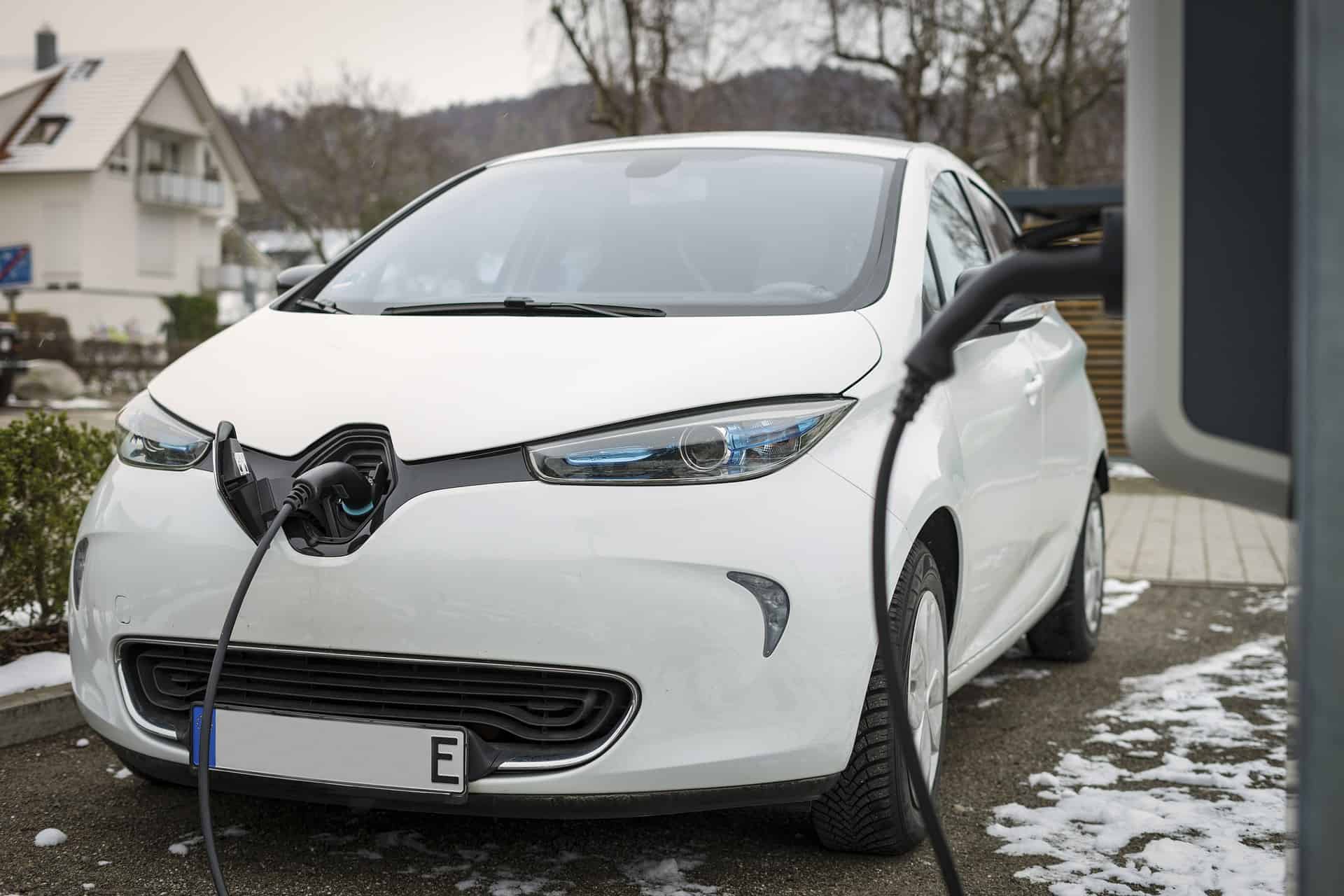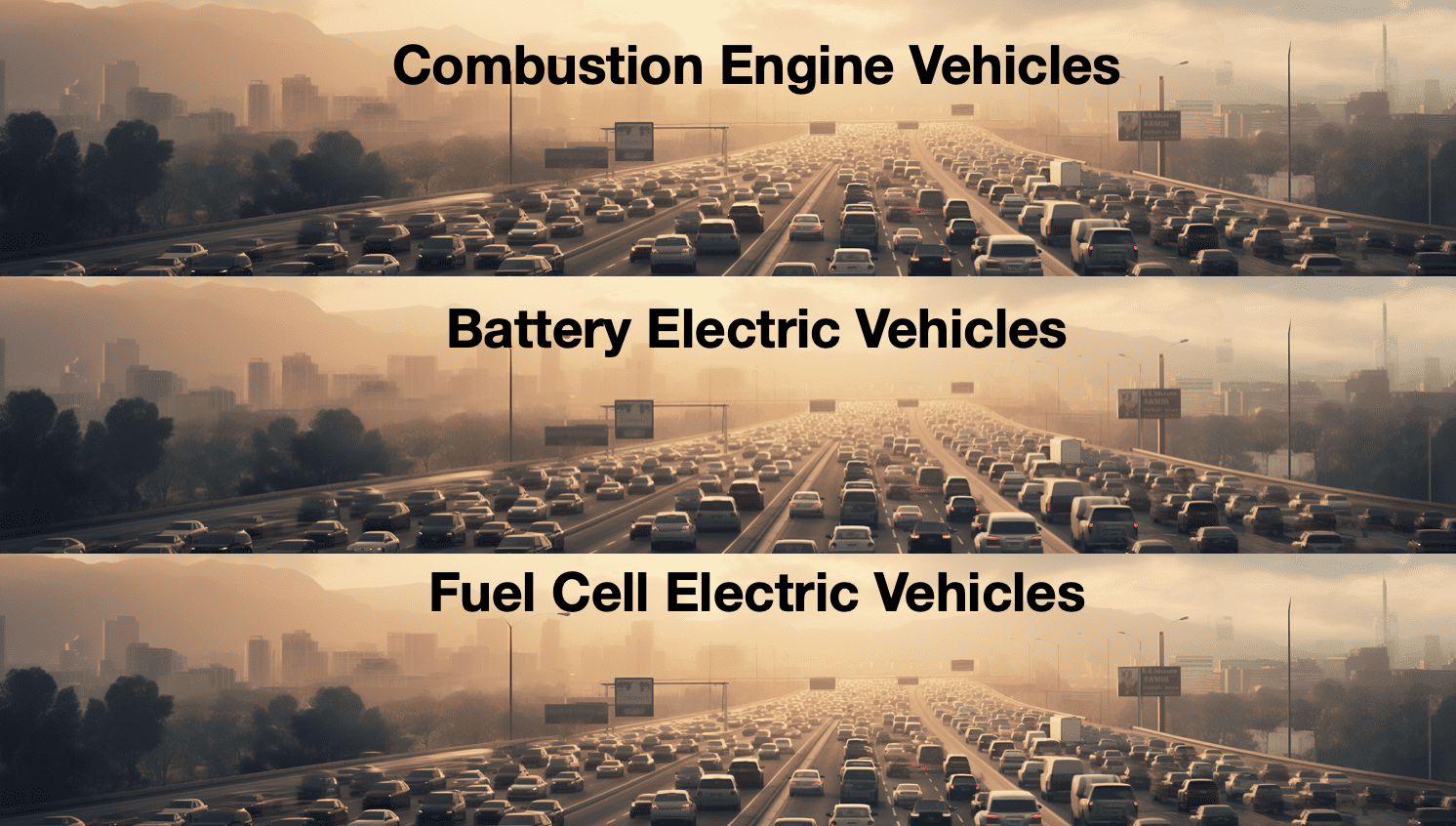
The “German reality” is changing all the time. In the past, Germans were often admired for their excellent bureaucracy, reliability, and structured and pragmatic thinking. For some time now, however, the tide has been turning.
Announcements that are not kept…
The fact that many things used to work better in Germany was also due to the fact that people formulated their goals in a sporting but realistic manner and not in an ill-considered utopian way. Rarely were deadlines not met and even more rarely did real problems arise. Engineers and well-trained staff ensured that the framework conditions worked.
Charging infrastructure and electromobility
Meanwhile, the announcements are reminiscent of the famous (never kept) five-year plans under socialism. Take electromobility, for example, Angela Merkel thought that by 2020 there would already be 1 million electric vehicles (BEVs) on German roads. However, this mark was not passed until early 2023.
By 2030, the “official” authorities of the Federal Republic want to see 15 million electric vehicles on German roads – a forecast that will be canceled next year or the year after at the latest – because it is completely unrealistic under the given conditions.
And likewise, by 2030, 1 million charging points were supposed to make electromobility so attractive that no one would have to reckon with range anxiety anymore. This target has also just been scrapped, among others by the BDEW, the German Association of Energy and Water Industries.
Its CEO, a former Green politician and lobbyist, has just declared that the 1 million charging points are unnecessary because there are now more and more ultra-fast charging points. Andreae: “Today, it’s not the number but the installed charging capacity that’s relevant. Everyone knows that if I only count the coins in my wallet, I don’t know whether I can buy a roll with them. It’s a similar story with charging stations: what matters most is their performance, not just their number.”
EU AFIR Draft
Long live the limp comparison. Finally, Andreae also invokes the EU AFIR (Alternative Fuels Infrastructure Regulation) draft, providing power-based targets. 1.3 kW per electric car and 0.8 kW per PHEV. BDEW evaluations, according to Andreae, show: Currently, more than 20 percent more charging capacity is installed in Germany than required. So there’s no reason to worry, is there?
This is contradicted by VDA President Hildegard Müller, who welcomes the trialogue agreement on AFIR in principle, but sees the ramp-up of electromobility in Germany jeopardized by the reduction in charging points. She would also have liked to see the charging capacity for electric vehicles increased to 3 kW. Presumably, however, even that would hardly be enough.
Incidentally, the NGO Transport & Innovation is tooting the same horn, declaring the public charging network in Germany sufficient for higher EU truck CO2 targets. By 2030, Germany will have 3.87 TWh of charging energy per year for heavy-duty vehicles, according to T&E analyses of national expansion plans. According to the NGO, that would mean twice as much energy as electric trucks and buses in Germany need from public charging stations under the proposed 2030 limit. Sebastian Bock, managing director of T&E Germany and a former Greenpeace activist, says, “Truck manufacturers are clearly engaging in scaremongering when they claim there won’t be enough public charging stations.” Well.
Protective support for the current government?
The bottom line is that the BDEW assessment is nothing more than a shooting gallery for the German government, or more precisely the Green Ministry of Economics, to do something about the clear failure with regard to the expansion of the charging infrastructure.
At present, there are just 80,000 public charging points in Germany. However, the lion’s share of the current charging points does not consist of ultra-fast charging points but rather slow AC and DC columns. Although the number of ultra-fast charging points of over 150 kW has increased by 80%, the number has only risen from 3,851 to 7,037. Whereby the title “Ultra” in connection with 150 kW actually sounds like a euphemism … In addition, there is still no significant number of MegaChargers (at least 800 kW charging capacity) that would be suitable for trucks.
And then there is the price of electricity in Germany, which is becoming less and less competitive. Currently, “ultrafast charging” providers are calling up kWh prices of 80 and more euro cents. And the trend is upward. This is because the last nuclear power plant just went off the grid, and sooner than planned, there should also be an end to coal-fired energy, which is currently saving the German power grid from collapsing and blowing a lot of CO2 emissions into the air. At the moment, the CO2 content of the generated kWh is therefore approaching the 1990 value again. Sisyphus sends his regards.
But the “stupidest energy policy in the world” (WSJ) is a topic for another column, which I will save – otherwise, I could write myself into such a rage that my health could suffer.








